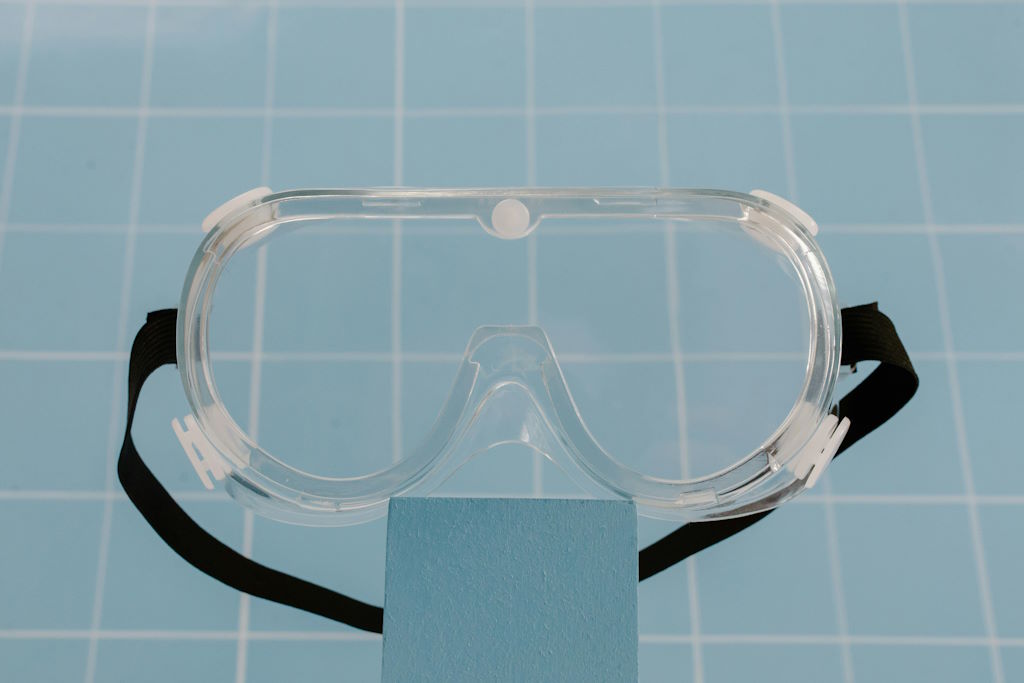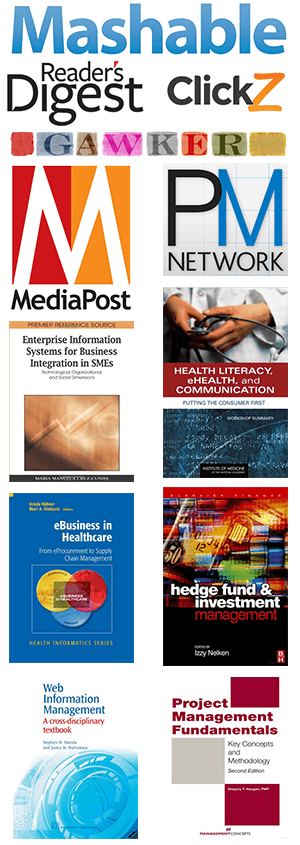What It Takes to Keep Workplaces Safe and Healthy
Ever think about the air you breathe at work—or who makes sure it's safe? Most of us take healthy workplaces for granted, but they rely on careful planning and smart decisions from experts trained to spot risks before they happen.
Since the pandemic, workplace health has taken center stage. Clean air, safe distances, and strong policies are no longer optional. People now expect environments that protect their well-being, and employers are expected to deliver.
In this blog, we will share what it really takes to keep workplaces safe and healthy—and why it's more complex, and more important, than many people realize.
The People Who Spot Trouble Before It Starts
We often think of workplace safety in terms of hard hats and safety signs. But in many industries, the real danger is what you can't see. Chemical exposure, indoor air quality, noise pollution, or heat stress don't come with flashing lights. They creep in slowly, often unnoticed, until the damage is done.
That's where science comes in. Behind every checklist and regulation is a trained professional with the skills to identify risks before they become problems. These people understand how tiny particles affect lungs, how poor ventilation changes air quality, or how lighting and sound impact mental focus. They don't wait for accidents—they stop them from happening in the first place.
It's a career path that demands both science and systems thinking. That's why so many public health and safety professionals are now turning to industrial hygiene degrees to deepen their skills. These degrees combine toxicology, data analysis, and environmental science to create experts who understand how to measure and manage exposure in complex environments.
The goal isn't just to meet the minimum standard. It's to create workspaces where people can thrive. Programs like the one offered at Tulane University teach students how to predict risks, communicate with stakeholders, and bring smart, research-backed strategies into real workplaces. They learn how to protect workers' health without slowing down operations—a balance that's hard to strike without the right training.
From Awareness to Action
Understanding risk is the first step; acting on it is the harder part. Even in workplaces where safety is taken seriously, it's easy for habits to drift. People get used to shortcuts. Equipment wears down. Procedures fall out of date. The challenge isn't just knowing what's wrong—it's knowing how to fix it in a way people will follow.
This is where communication becomes as important as science. The best safety experts know how to talk to everyone—from the people in charge to the people on the ground. They build trust. They explain the “why” behind a change. They listen to concerns. Because a healthy workplace isn't just about systems—it's about culture.
In fact, many injuries and illnesses come not from a lack of knowledge, but from a lack of buy-in. When workers understand that policies are there to protect—not punish—they're more likely to follow them. That's why clear training, regular updates, and open feedback loops are just as vital as good data.
Of course, no one can prevent every hazard. But when safety professionals work with transparency and accountability, they build a workplace where people feel respected. And that matters. Studies show that when people feel safe and heard at work, they're not just healthier—they're more engaged and productive, too.
Adapting to a Changing World
Workplaces are evolving fast. Remote jobs, hybrid schedules, and climate-driven challenges are reshaping how and where people work. That means safety protocols also need to evolve. Indoor air filters, for example, weren't a top concern five years ago. Now, they're essential. Same goes for ergonomic setups at home or heat safety protocols during record-breaking summers.
Technology plays a role, too. Sensors now track air quality in real time. Apps remind workers to hydrate or wear proper protection. But even the best tools need people behind them—people who know what to do with the data. That's where trained professionals come in. They interpret numbers, spot patterns, and decide what action makes the most sense.
This is also where equity comes into play. Not every worker has the same resources or risk level. Warehouse staff face different hazards than office staff. Contractors face different conditions than full-time employees. Good health and safety planning includes everyone. And that requires a team that's thoughtful, informed, and always looking at the bigger picture.
Even the best plans must be tested, updated, and adjusted over time. Safety is ongoing; it isn't supposed to take a break. And it takes people with the right mindset and training to keep aiming in the right direction.
Building a Future Where Safety Comes First
Workplace health and safety isn't a static checklist. It's a dynamic process that shifts with technology, policy, and people. What worked last year might not work today. And the people tasked with protecting others need to stay flexible, informed, and empowered.
That's why investment in training matters. It's not just about checking boxes—it's about building a pipeline of experts who know how to read a lab report, lead a team meeting, and write a plan that works. It's about teaching future professionals not only how to spot risks, but how to solve them.
It also means preparing leaders who can adapt across industries. From manufacturing floors to research labs, from construction sites to corporate offices, the need for health-focused problem solvers is only growing. With the right skills, today's safety professionals won't just respond to change—they'll shape how we all move forward.
The bottom line? Safe, healthy workplaces don't happen by accident. They're built by people who know what to look for, how to communicate change, and when to act. As our work environments grow more complex, so does the need for trained professionals who can think ahead and respond smartly.
Whether it's analyzing air quality, reworking safety protocols, or helping a company navigate new health guidelines, the people behind workplace wellness are solving problems most of us never see. And thanks to programs that train them well, they're doing more than keeping us safe—they're shaping a healthier future for all of us.
839GYLCCC1992





Leave a Reply